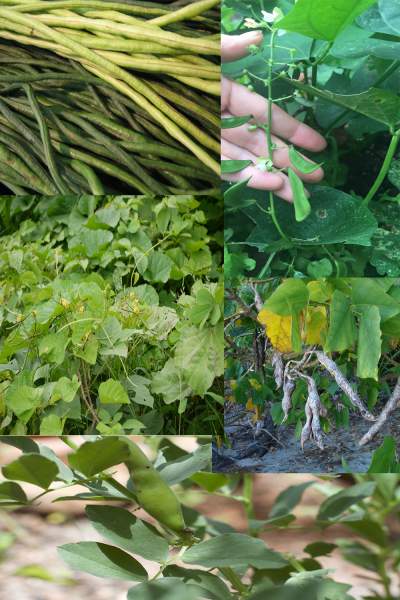Beans are most common plants in the garden. They are easy to grow and produce that’s tasty and found in many recipes. There are different varieties of beans in that you were confused which beans to be grow? So, here we have simple difference that split beans into smaller groups that can be helpful to choose your best. Keep reading the article to learn more about varieties of beans plant in that which one is suits for your garden.
Beans are directly sown in the garden, as they dislike while transplanting. Their roots are shallow and easily damaged. If you want to begin the bean inside plant them in biodegradable containers and transplant the whole container into the garden. The important condition of growing bean is not to plant the seeds too early. After all danger of frost has passed then sown the seeds too early to rot in cold, damp the soil and the plants required warm weather to flourish.
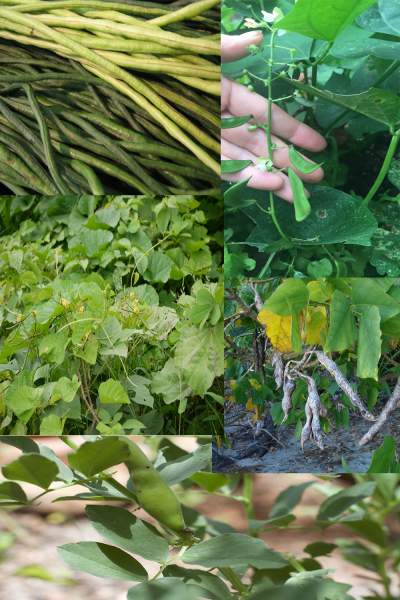
How many types of beans are there?
While there are several types of beans are there, the majority of beans plants can be divided into different subgroups. One of the most differences between pole bean and bush beans are-
Pole bean
Pole beans need a structure to climb up, like trellis or a fence. Few of them are quite long. Hence this plant offers the advantage of small footprints; so if your backyard space is limited then any vegetable can be grown vertically and still producing huge yield is a good choice.
Bush bean
Bush beans are easier to grow because they can be planted anywhere and it is shorter and freestanding.
Bean is the common name for the seeds, which are used for human consumption. Human are planting beans from centuries for the use as either shelling beans or dry beans, snap beans.
Growing different types of beans
- Growing black beans
Black beans are plays integral role in human health due to rich in vitamins, fiber, minerals and proteins, it is also known as turtle beans.
It has two varieties bush and pole, for bush variety need more space among plants and harvested all at once. But for pole beans need stake support and it produce a greater yield vertically.
Plant black beans if the danger of frost passed in 15 inches containers keep the pots. Place them at the site where the sunlight directly receives 6-7 hours. Use fertile and add compost before planting, maintain the soil moisture and water it frequently.
Also Read: How to Grow Beans: Planting, Care, Yield, Harvesting
- Vanilla beans
Vanilla beans are native to tropical Mexico. It will grow in vanilla orchid and take 3-5 years for production of beans. For productivity hand pollination need for vanilla beans plants.
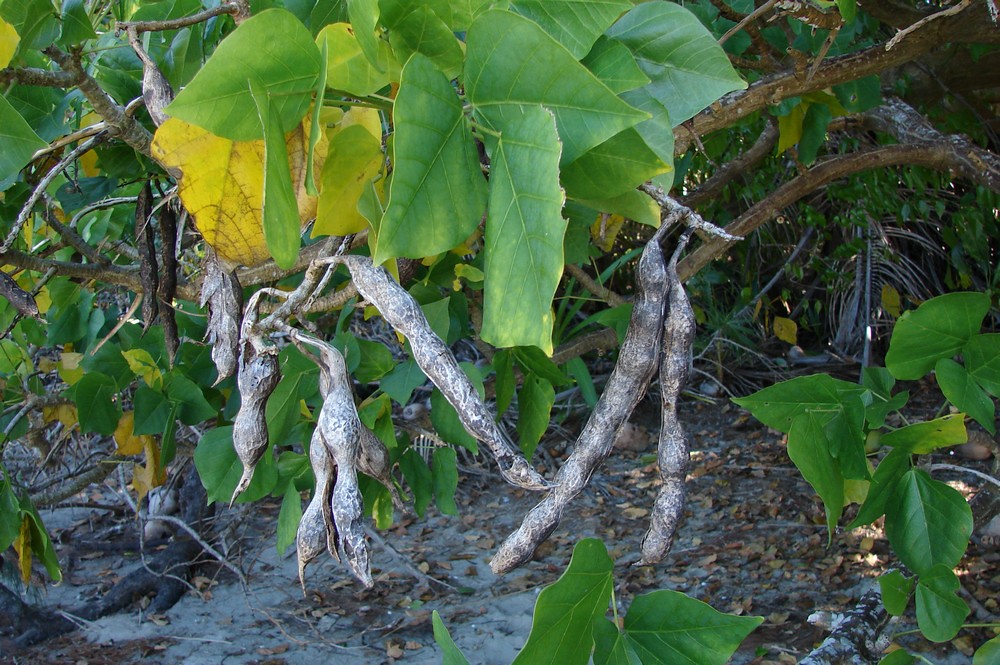
Vanilla beans grow in rich humid conditions and in moist soil. They cannot withstand the temperature below 12°C and needed warmer condition. You can easily grow in pots in your balcony.
- Lima beans
Another name for Lima beans are Chad, butter, sieve, and Madagascar beans. The beans are flat, off-white and kidney shaped, it consumed shell for tasty flavour.
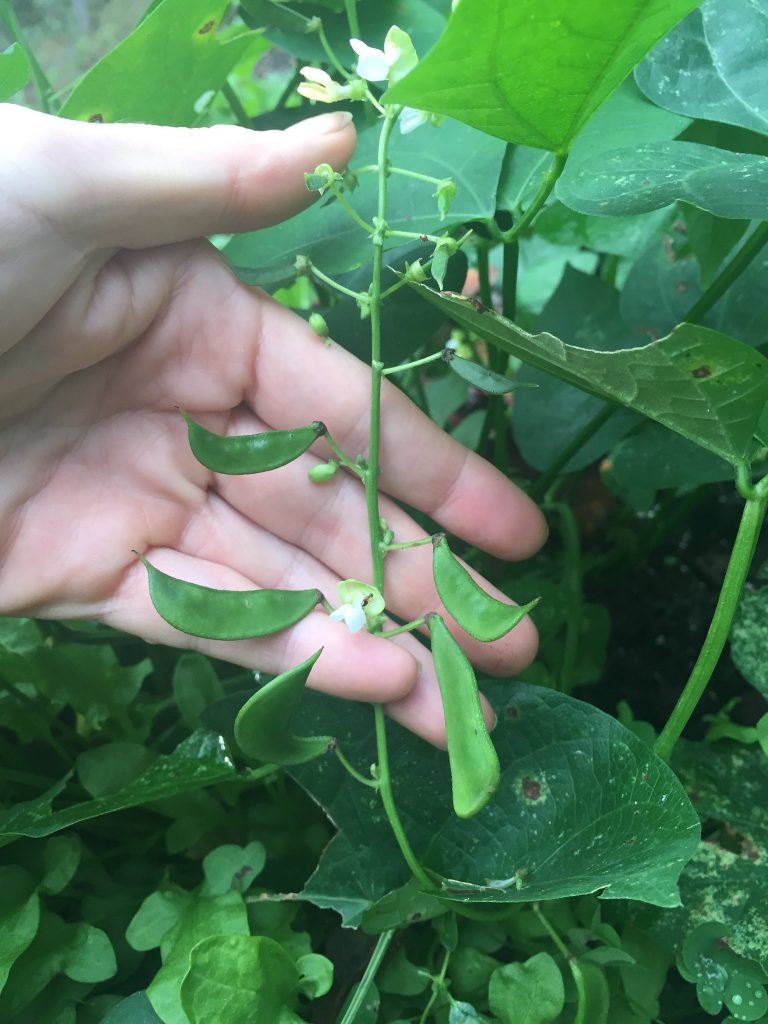
Lima beans need warm and sunny conditions, so start sowing seeds early in indoor before the last frost hits or outdoors when the temperature is nearly 15°C for a week.
The ideal temperature for growing is nearly (21-25) °C. Grow the plants where the sunlight receive throughout the day.
- Fava beans
Another name for the fava beans is field beans, horse beans, and board beans. This beans have inside the pods-flat, bright green in colour with soft skin which is removed while consumption. If you harvest them early you can easily consume it.
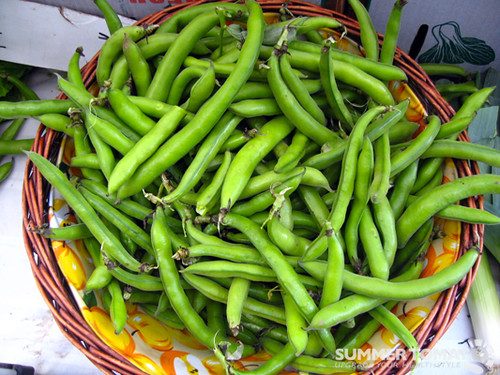
It is a cool season crop, seed are sowed in late summer or early fall or during winter season. This fava bean grows in full sun to partial sun shades. They are hardy at -6°C temperature.
- Kidney beans
This type of beans is native for Mexico and Central America. They are crucial source of vegetable protein. These nutritious beans are used to cook in different dishes around the world.
Sowing the seeds after the last frost in a well draining soil with receives full sunlight in that area. Follow the average water and it doesn’t like soggy soil.
- Mung beans
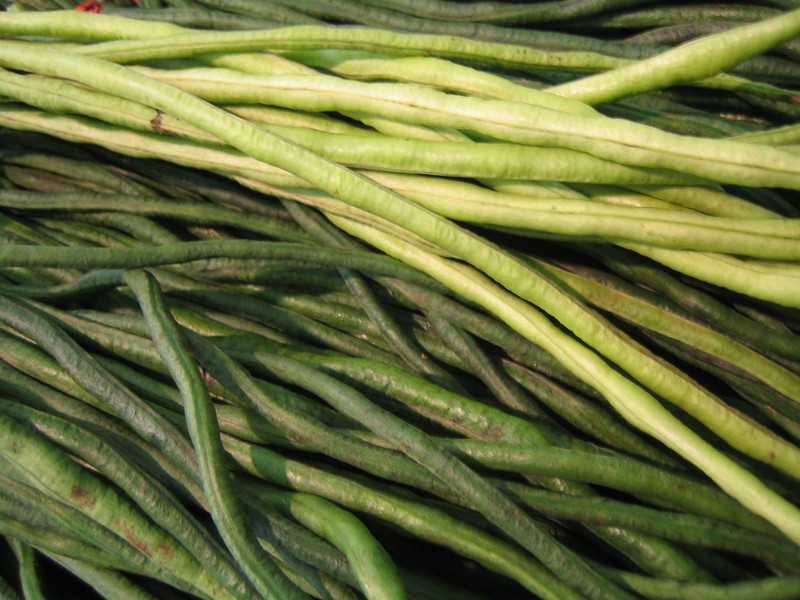
This bean are native to India, it has small green beans from legume family. It has a lightly sweet taste and eaten in dals, soups, salads, and stir-fry recipes. Also, these high level nutritious beans are crucial source of vitamins and minerals.
Also Read: Soybean Farming: A Complete Guide to Cultivation and Production
- Yard long beans
It is also a member of legume family, the asparagus beans are easy to grow and they are native for southern Asia, grows in warm climate. You can also consume fresh leaves and young pods and beans can be cook. Plant seeds ¾ inch deep under the ground and use stake for support, harvest when it will reach 12-16 inches in length.

